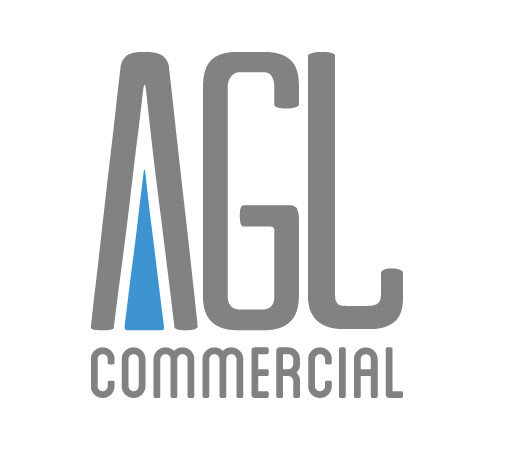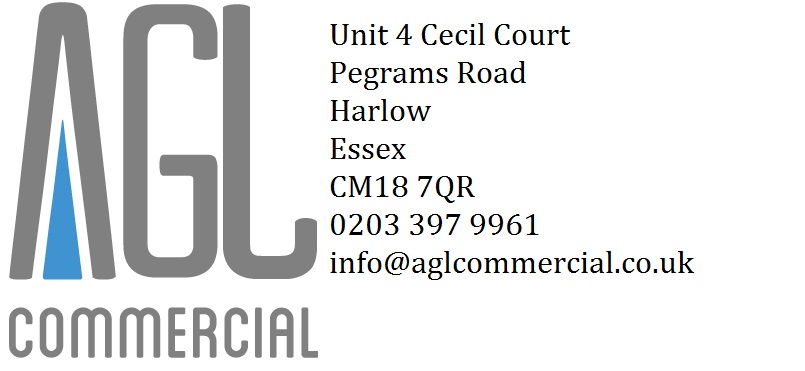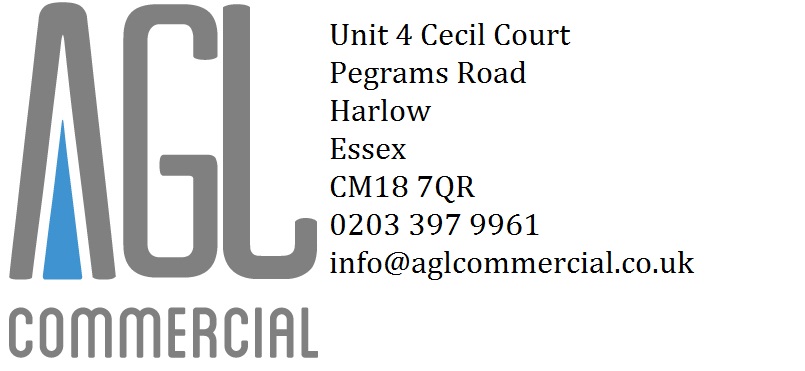Information
-
Site conducted
-
Principle contractor site Manager
-
AGL Project Manager for this site
-
Toolbox talk carried out by
-
Toolbox talk carried out on
-
Location
Local Exhaust Ventilation
-
Local Exhaust Ventilation (LEV)
Overview
This section will cover the essential measures required for ensuring the effectiveness of Local Exhaust Ventilation (LEV) systems.
What is LEV?
1 LEV refers to equipment designed to control and capture airborne contaminants generated during various industrial processes.
2 In construction and industrial settings, LEV systems are crucial for removing dust, fumes, and other hazardous substances at the source of emission.
3 LEV systems typically consist of hoods, ducts, fans, and filters to capture and remove contaminants from the workplace air.
Requirements and Limitations
1 LEV systems are designed to protect workers by capturing and removing hazardous substances at the source.
2 Proper maintenance and adherence to manufacturer's instructions are essential for the effective functioning of LEV systems.
3 LEV systems must meet minimum standards, such as being Class 'M' or Class 'H' extraction systems, as per regulatory requirements.
4 Use of domestic vacuum cleaners like Henry Hoover is prohibited as LEV systems due to their inadequate performance and filtration capabilities.
5 Thorough examinations of LEV systems must be conducted every 14 months to ensure compliance with regulations and to maintain effectiveness.
6 The responsibility for conducting thorough examinations lies with the owner of the equipment, typically the subcontractor in a construction context.
7 Thorough examination reports must be issued to site management and retained on-site for regulatory compliance and reference.
Employer Responsibilities
1 Employers must assess workplace risks related to airborne contaminants and ensure the use of LEV where necessary.
2 Provide appropriate LEV equipment that meets regulatory standards.
3 Ensure proper training for employees on the use and limitations of LEV systems.
4 Organize regular maintenance and thorough examinations of LEV systems.
5 Replace or repair defective LEV equipment promptly to maintain effectiveness.
Employee Responsibilities
1 Use LEV systems in accordance with provided training and instructions.
2 Report any defects or loss of effectiveness in LEV equipment to the employer.
3 Cooperate with employer efforts to maintain and inspect LEV systems for safety and effectiveness. 4 Do not operate machinery or perform tasks that require LEV without its proper functioning and availability.
LEVs are not a substitute for PPE (RPE), and that users should be checking the equipment condition and function prior to use to ensure it is in good condition.
Do you have any questions regarding Local Exhaust Ventilation (LEV) systems?
Toolbox talk attendee register
-
Toolbox talk attendees -
Engineer -
-
Have you fully understood this toolbox talk?
-
Please report to your supervisor to discuss your concerns.
-
Name of engineer -
-
Signature -








